Play Video
1:17
Boy is pulled alive from rubble after 6.3-magnitude earthquake in Croatia – video
A strong earthquake has hit central Croatia, causing major damage to homes and other buildings in a town south-east of the capital, Zagreb.
Authorities said two people, including a girl, were killed and at least 20 people were injured.
The European Mediterranean Seismological Center said a magnitude 6.3 earthquake hit 28 miles (46km) from Zagreb at 11.19am. Initial reports said the earthquake caused extensive damage, collapsing roofs, building facades and even some entire buildings.
The same area was struck by a 5.2 quake on Monday and several smaller aftershocks were felt on Tuesday.
Officials said a 12-year-old girl died in Petrinja, a town of about 25,000 people 37 miles (60km) from the capital in the area hit hardest by the earthquake. At least 20 people were hospitalised with injuries, two seriously, they said.
“The centre of Petrinja as it used to be no longer exists,” Croatia’s state HRT television said in its report. “One girl died and there are injuries and people inside collapsed buildings.”
“My town has been completely destroyed. We have dead children,” Darinko Dumbović, the mayor of Petrinja, said in a statement broadcast by HRT. “This is like Hiroshima – half of the city no longer exists.”
“The city has been demolished, the city is no longer liveable,” he said. “We need help.”
Croatia’s prime minister, Andrej Plenković, and other government ministers arrived in Petrinja after the earthquake.
“They are searching through the rubble to see if there is anyone else there,” Plenković said. “The biggest part of central Petrinja is in a red zone, which means that most of the buildings are not usable.”
He said the army had 500 places ready in barracks to house people, while others would be accommodated in nearby hotels and other available places.
“No one must stay out in the cold tonight,” the prime minister said.
The European commission president, Ursula von der Leyen, said on Twitter that she had spoken with Plenković and instructed an envoy to travel to Croatia as soon as possible.
As a Mediterranean country, Croatia is prone to earthquakes, but big quakes are rare. The last strong quake struck in the 1990s when the Adriatic town of Ston was badly damaged by a 6.0-magnitude quake.
The regional TV channel N1 reported live on Tuesday from Petrinja that a collapsed building had fallen on a car. The footage showed firefighters trying to remove the debris to reach the vehicle, which was buried underneath. A man and a small boy were eventually rescued and carried into an ambulance.
Fallen bricks and dust littered the streets, and many houses were completely destroyed. The Croatian military was deployed in Petrinja to help with the rescue operation.
The Croatian seismologist Krešimir Kuk described the earthquake as “extremely strong”, far stronger than another quake that hit Zagreb and nearby areas in the spring. He warned people to keep out of potentially shaky, old buildings and to move to the newer areas of the city in case of aftershocks.
In the capital, people ran out into the streets and parks in fear. Many reportedly were leaving Zagreb, ignoring a travel ban imposed because of the coronavirus outbreak.
The earthquake was felt throughout the country and in neighbouring Serbia, Bosnia and Slovenia. It was even felt as far away as Graz in southern Austria, the Austria Press Agency reported.
Authorities in Slovenia said the Krško nuclear power plant was temporarily shut down following the earthquake. The power plant is jointly owned by Slovenia and Croatia and located near their border.







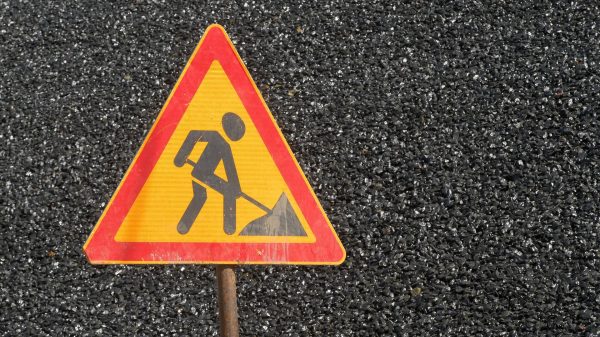

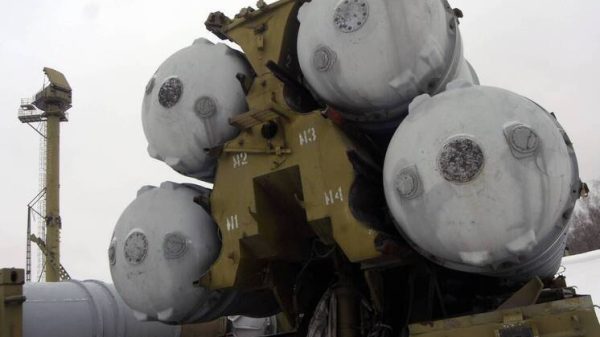
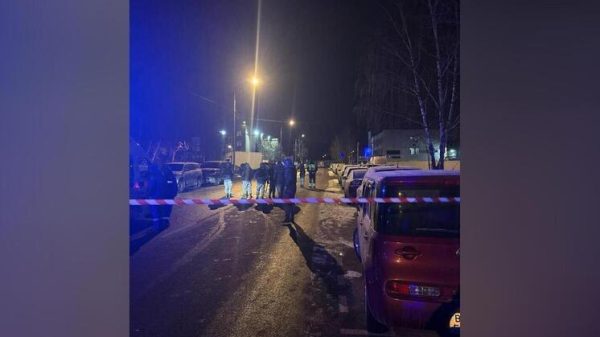
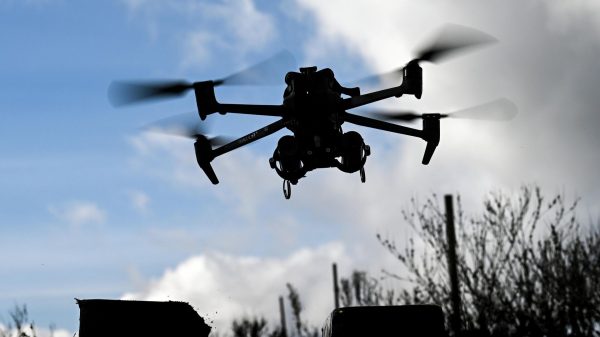

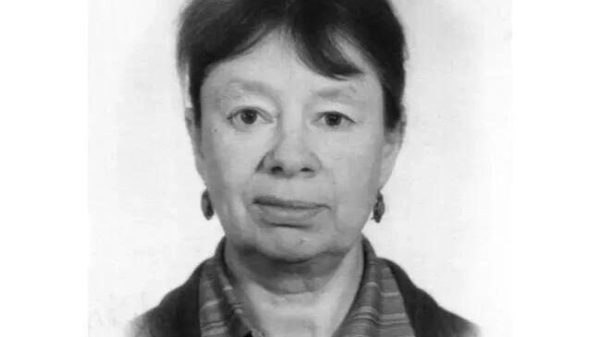




















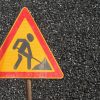










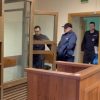






Свежие комментарии